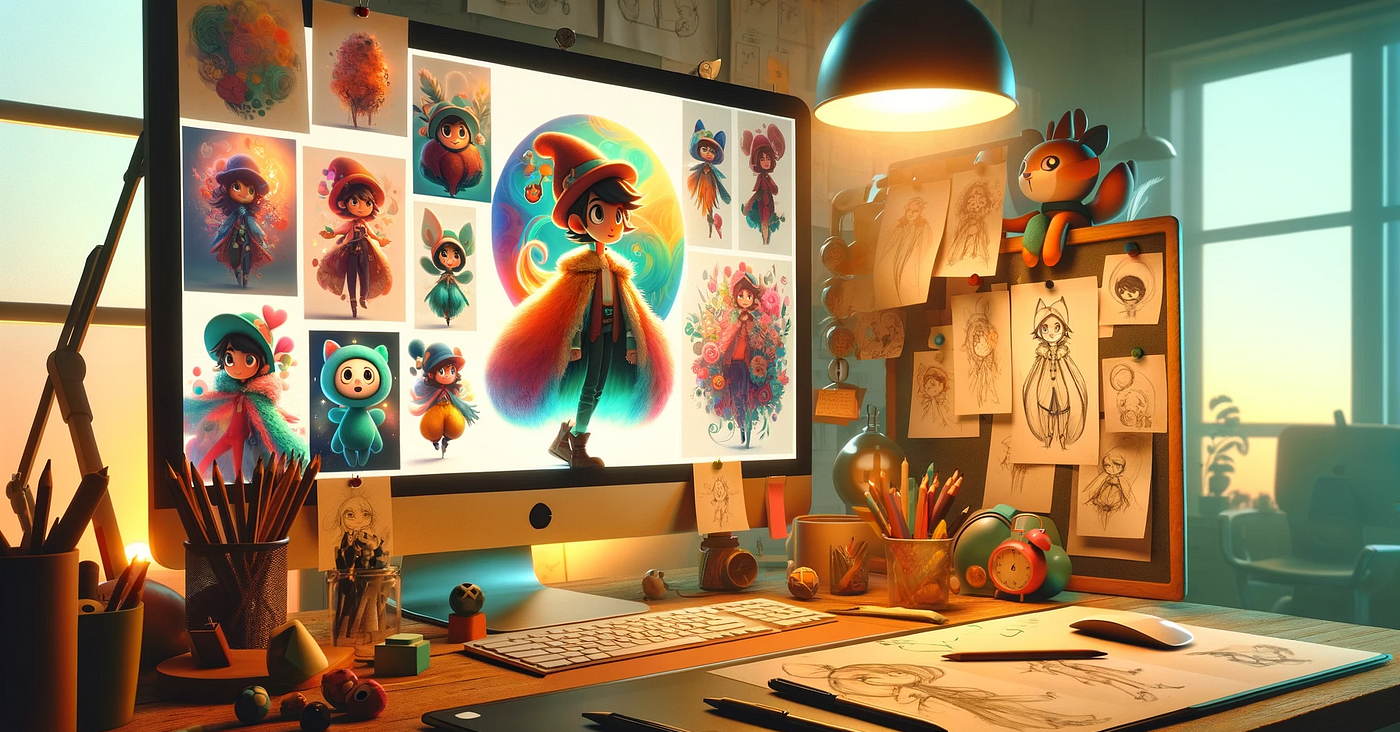Animated storytelling has long been a cherished medium for conveying narratives, capturing imaginations, and imparting valuable lessons. At the core of this captivating art from Illustration Agency serves as the visual backbone that brings stories to life. This article delves into the role of illustrations in animated storytelling, examining their significance, impact, and the creative processes involved.
Setting the Scene
Illustrations form the cornerstone of animated storytelling, serving as the visual language through which narratives unfold. Whether hand-drawn or digitally rendered, these artistic creations breathe life into characters, settings, and plotlines, engaging audiences of all ages and backgrounds.
Visual Identity and Character Development
One of the primary roles of illustrations in animated storytelling is to establish the visual identity of characters. Illustrators imbue characters with distinctive traits, personalities, and emotions through meticulous design and attention to detail, enabling viewers to form meaningful connections with them. From iconic heroes to dastardly villains, illustrations shape how characters are perceived and remembered long after the story ends.
Creating Immersive Environments
Beyond character design, illustrations are crucial in building immersive environments that transport audiences to fantastical and mundane settings. Whether depicting sprawling landscapes, bustling cityscapes, or cozy interiors, illustrations set the stage for the unfolding narrative, enriching storytelling with depth, texture, and atmosphere. Through the skillful use of color, perspective, and composition, illustrators weave a tapestry of visual elements that enhance the storytelling experience and captivate the imagination.
Conveying Mood and Emotion
In animated storytelling, illustrations are powerful tools for conveying mood, emotion, and tone. Through subtle facial expressions, body language, and artistic techniques, illustrators evoke a wide range of feelings—from joy and wonder to sadness and suspense—immersing audiences in the characters’ emotional journeys. Whether through vibrant colors and dynamic lines or muted palettes and soft textures, illustrations evoke a visceral response that amplifies the impact of the narrative.
Driving Plot and Narrative Structure
Illustrations enrich the visual aesthetic of animated storytelling and play a vital role in driving the plot and narrative structure. Through sequential imagery and visual storytelling techniques, illustrators guide viewers through the twists and turns of the story, conveying information, advancing the plot, and building suspense along the way. From dynamic action sequences to poignant moments of reflection, illustrations serve as a narrative roadmap, shaping the pacing and flow of the story.
Collaboration and Creativity
The creation of illustrations in animated storytelling is a collaborative process that brings together artists, animators, writers, and directors to realize a shared vision. Through brainstorming sessions, concept art, and iterative design, creative teams work tirelessly to translate ideas into visual form, pushing the boundaries of imagination and innovation. Whether through traditional hand-drawn animation or cutting-edge digital techniques, illustration in animated storytelling thrives on collaboration, experimentation, and the relentless pursuit of creative excellence.
Conclusion
Illustrations play a central role in animated storytelling, serving as the visual foundation upon which narratives are built and characters brought to life. From establishing visual identities and immersive environments to conveying mood and driving plot, an Illustration Agency enriches the storytelling experience in countless ways, captivating audiences and igniting the imagination. As the art of animated storytelling continues to evolve, illustrations will undoubtedly remain a vital and enduring element in shaping the stories.
